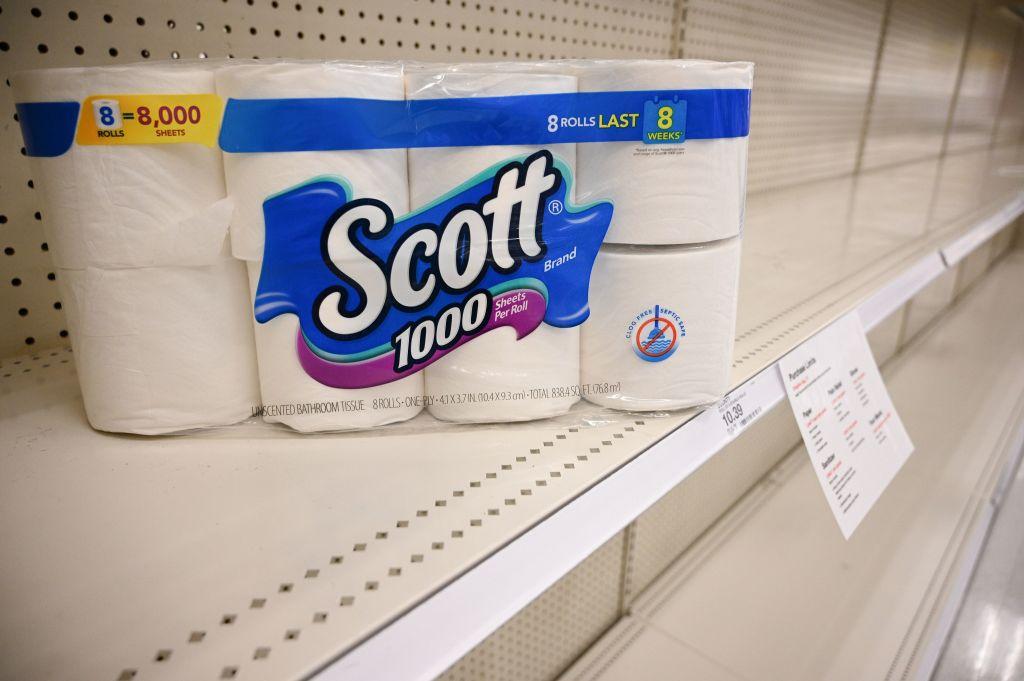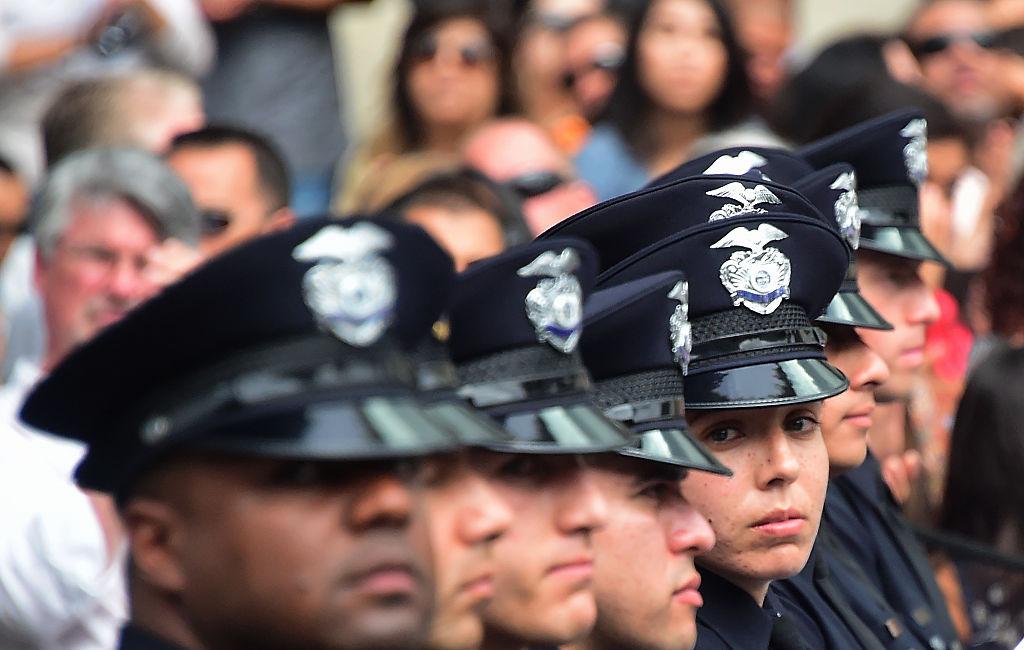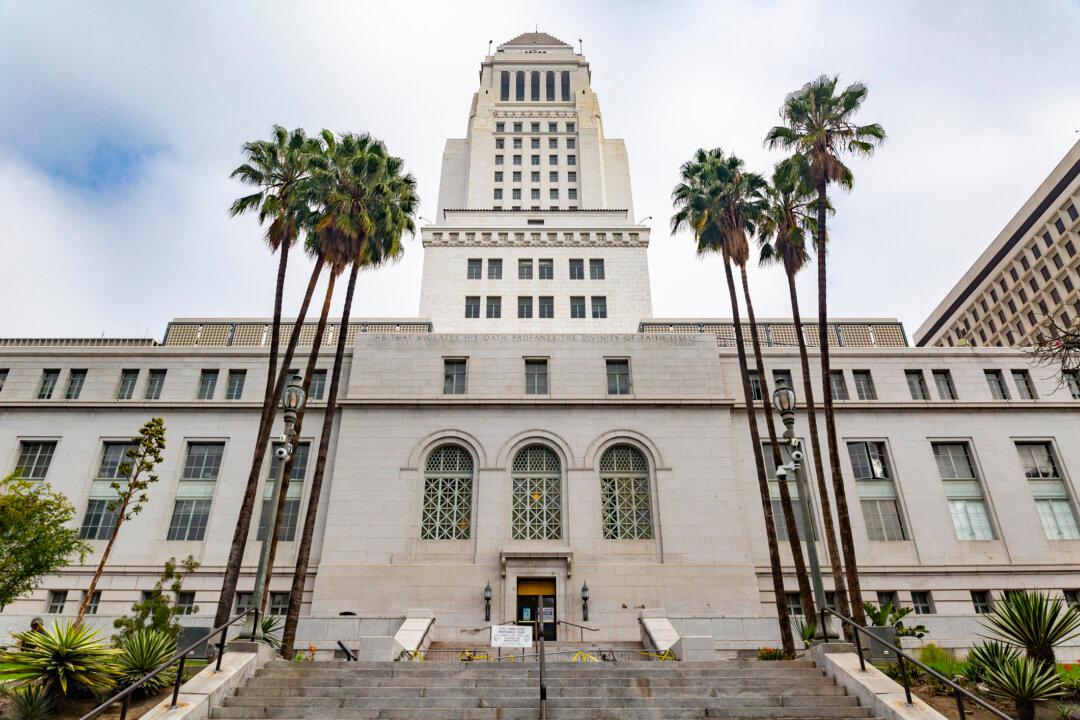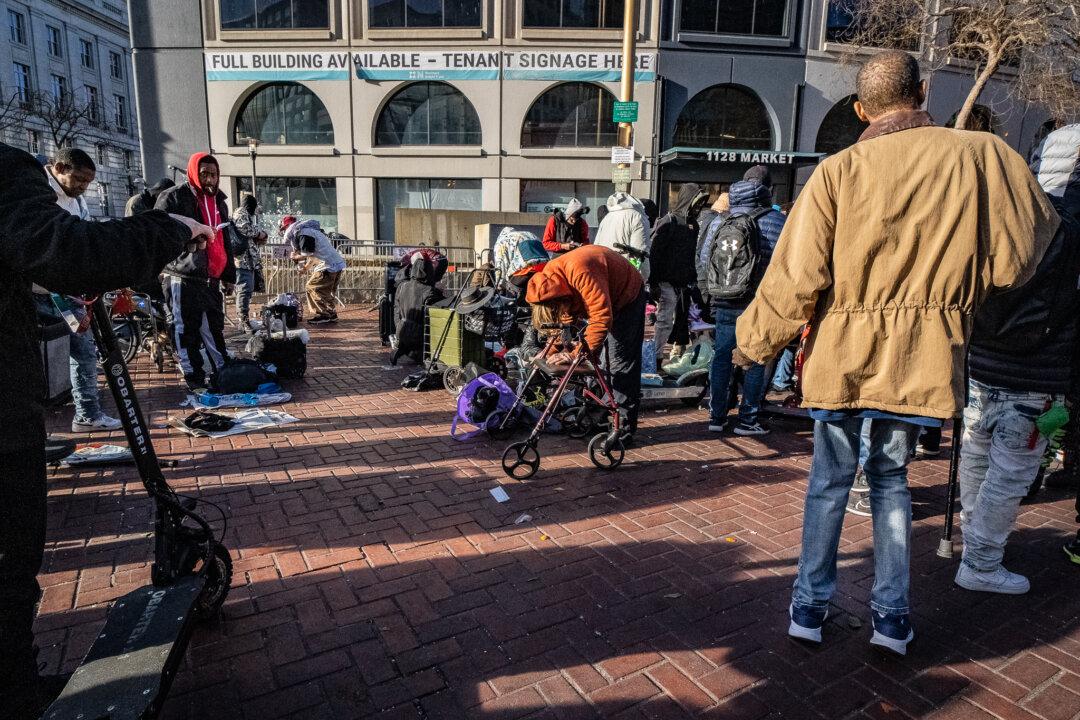IRVINE, Calif.—As Orange County, California, entered the state’s most restrictive COVID-19 monitoring tier with a surge in cases, shoppers flocked to grocery stores to bulk purchase, leaving shelves empty again.
The region landed in the purple tier on Nov. 16, prompting Gov. Gavin Newsom to order the closure of indoor gyms and cinemas. Restaurants are now prohibited from offering indoor dining. He later imposed a statewide overnight curfew for all purple tier counties, which took effect Nov. 21.





